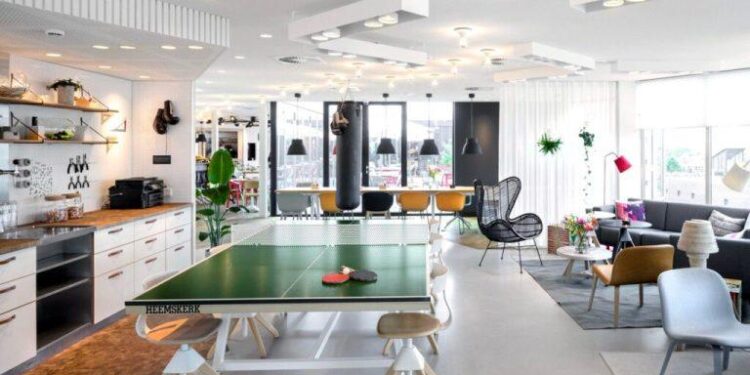Co-living is a modern living arrangement where multiple people come under the same roof with the intention of sharing share resources, spaces, and a set of values. As Joe Cianciotto says, co-living spaces are particularly popular among students, working professionals, and digital nomads. Their high-end amenities, low deposits, affordable rent and a sense of community are a few factors that make co-living spaces highly preferred by people today.
Joe Cianciotto talks about a few benefits of co-living spaces
Co-living implies to a shared housing arrangement where individuals rent private rooms, while sharing common areas like kitchens, living rooms, and at times even the bathrooms. Co-living differs from traditional roommate situations in many ways. For instance, it provides flexible lease terms and furnished spaces, along with shared utility costs and amenities. Co-living spaces are particularly ideal for people on a tight budget who are looking for community-minded housing solutions in expensive urban hubs. There are many benefits associated with co-living spaces, including:
- Affordability: When two or more people stay with each other, the living expenses of each automatically go down. The cost of electricity, water bills, internet and even grocery is shared, making co-living space a budget-free option. It may also allow people to avail conveniences like swimming pools, clubhouses, and gyms without incurring high expenses. Rising property prices and rents have made it quite difficult to afford traditional homes. Co-living spaces have emerged as a much more budget-friendly alternative where costs are split among many residents.
- Social community: Many people get attracted to the concept of co-living due to its community aspect. Such a living arrangement would be perfect for people desiring to meet new people and forge connections. Co-living spaces would particularly be ideal for people moving to a new city, and want to build a social network there. The community focused ambience of co-living spaces goes a long way in making people feel at home. It fosters an immediate sense of community for students, young professionals, and anyone new to a city. It would be easy to meet like-minded individuals through the shared amenities provided at co-living spaces, or the diverse social events hosted there.
- Flexibility and convenience: Co-living spaces generally come with flexible lease terms. This can be a huge benefit for people who may have an unpredictable schedule, like students or young professionals with short-term work contracts. Moreover, most co-living spaces come fully furnished which makes transitions between locations quite simple and hassle-free. Co-living spaces are ideal for people leading transient lifestyles due to work or personal preferences. Being able to relocate without long-term leases or the hassle of furnishing an apartment can be highly advantageous.
As per Joe Cianciotto, in the time of increasing social isolation, co-living spaces provide built-in friends and support network, which makes them highly appealing. Workshops, social events and activities help create a community, and especially attracts Gen Z and millennials. After all, such groups tend to value building relationships through engaging events. The rising trend towards remote work has also increased the popularity of co-living spaces. These properties often have shared working spaces and fast internet, and hence are perfect for people working from home.










